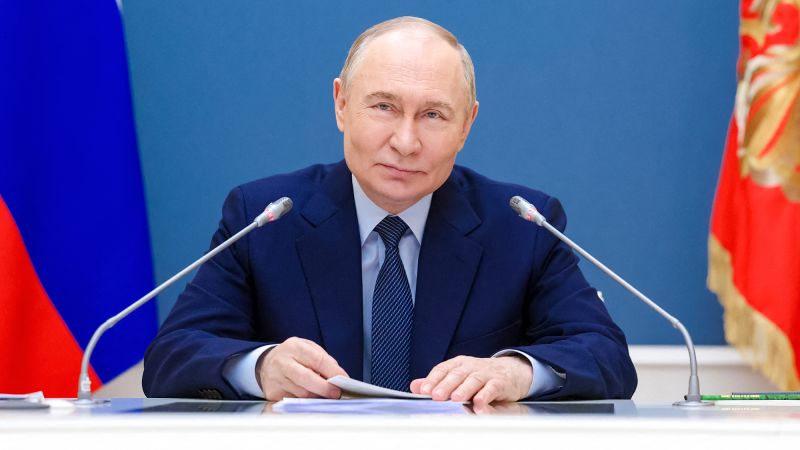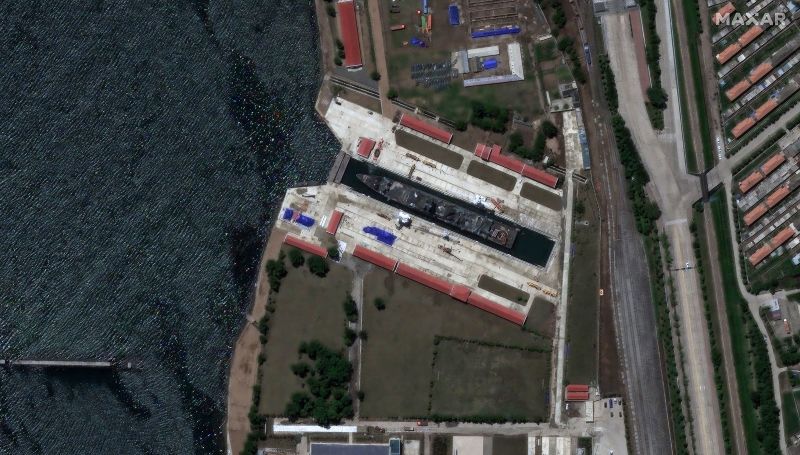![]()
![]()
This week’s developments across the tech sector underscored the deepening connection between advanced computing, capital flows and geopolitical dynamics.
Applied Digital (NASDAQ:APLD) secured a landmark agreement with CoreWeave (NASDAQ:CRWV), while Broadcom’s (NASDAQ:AVGO) newest high-performance chip hit the market. Meanwhile, Canada’s Cohere is reportedly seeking fresh funding as it builds momentum in the enterprise artificial intelligence (AI) space.
In the defense sector, Anduril Industries secured a new round of funding, and elsewhere geopolitical tensions made their mark on Apple’s (NASDAQ:APPL) AI rollout in China.
Read on to dive deeper into this week’s top tech stories.
1. Applied Digital and CoreWeave strike major deal
Applied Digital was the top performer on the S&P 500 (INDEXSP:.INX) on Monday (June 2) after the company announced two long-term lease agreements with cloud infrastructure company CoreWeave.
Under the terms of the agreements, Applied Digital will deliver 250 megawatts of IT load to host CoreWeave’s AI and high-performance computing infrastructure at its Ellendale, North Dakota, data center campus. The arrangements are expected to generate approximately US$7 billion in total revenue for Applied Digital.
News of the deal sent shares of Applied Digital up by over 22 percent to close at US$10.14 on Monday afternoon. CoreWeave’s share price saw an increase of 3.35 percent, closing at US$118.24.
The companies finished the week up 67 percent and 20 percent, respectively.
2. Broadcom shares slip post-earnings
Broadcom shares rose 3.2 percent on Tuesday (June 5), hitting a record high of US$264.89 after the company announced that it began shipping its latest networking chip, the Tomahawk 6.
However, enthusiasm faded after Broadcom reported its earnings after the markets closed.
Despite beating estimates on both earnings and revenue, the chip supplier’s forecast for the third quarter wasn’t enough to impress investors, who sent its share price down in after-hours trading.
The company is calling for Q3 revenue of US$15.8 billion, below analysts’ forecasts of US$15.71 billion.
“High expectations drove a bit of downside,” Bernstein analyst Stacy Rasgon said in a note.
Despite this, Broadcom ended the week priced at US$246.93, 1.5 percent above Monday’s opening price.
3. Cohere targets new funding round
Canadian AI company Cohere is seeking US$500 million in new funding, targeting a valuation of US$5.5 billion to US$6.5 billion, according to a Financial Times report released on Sunday (June 3).
The outlet cites three sources with inside knowledge of ongoing discussions that are still in early stages.
The company was founded by former Google (NASDAQ:GOOGL) researchers; it prioritizes enterprise users and specializes in privacy solutions. Cohere has not released any consumer apps, but has debuted a family of open-source models: Aya, as well as North, a platform available to limited users that allows businesses to develop customized AI agents. According to the sources, Cohere doubled its annual recurring revenue to more than US$100 million in May.

Apple, Broadcom, Applied Digital and CoreWeave performance, June 2 to 6, 2025.
Chart via Google Finance.
4. Delays and court rulings challenge Apple’s strategies
The Financial Times reported on Monday that Apple’s rollout of AI services in China is being delayed by Beijing regulators due to the ongoing trade war between China and US President Donald Trump’s administration.
In February, Apple made a deal with Alibaba (NYSE:BABA) to power Apple Intelligence using Alibaba’s proprietary Qwen large-language models. However, the rollout has been stalled, potentially due to ongoing geopolitical tensions, although Chinese regulators have not confirmed any particular reasons for the delay.
In other news, a federal appeals court denied Apple’s request for a stay of a court order that forbids the company from collecting commission on external payment links, a result of its legal battle with Epic Games.
Apple “bears the burden of showing that the circumstances justify an exercise of (our) discretion,” according to the order. “After reviewing the relevant factors, we are not persuaded that a stay is appropriate.”
The rejection by the appellate court forces Apple to adhere to the original ruling, which aims to increase competition and offer users diverse payment choices. The decision’s consequences are substantial, potentially impacting Apple’s existing revenue structure. Additionally, it could reshape the overall landscape of the mobile app market.
5. Anduril valuation soars after latest funding round
Defense startup Anduril Industries, known for supplying weapons to the US government, has secured US$2.5 billion in a new funding round led by Founders Fund, Peter Thiel’s venture capital firm. The firm contributed US$1 billion, according to Anduril Executive Chairman Trae Stephens, who spoke to Bloomberg Television on Thursday (June 5).
The newest round has more than doubled the company’s valuation, bringing it to US$30.5 billion.
Anduril has become a key player in modern defense tech with its autonomous drones, surveillance towers and AI-driven systems, part of a broader shift toward software-defined warfare.
Securities Disclosure: I, Meagen Seatter, hold no direct investment interest in any company mentioned in this article.






















